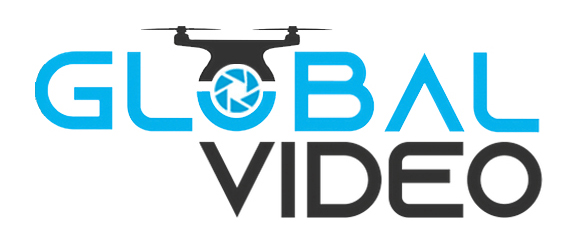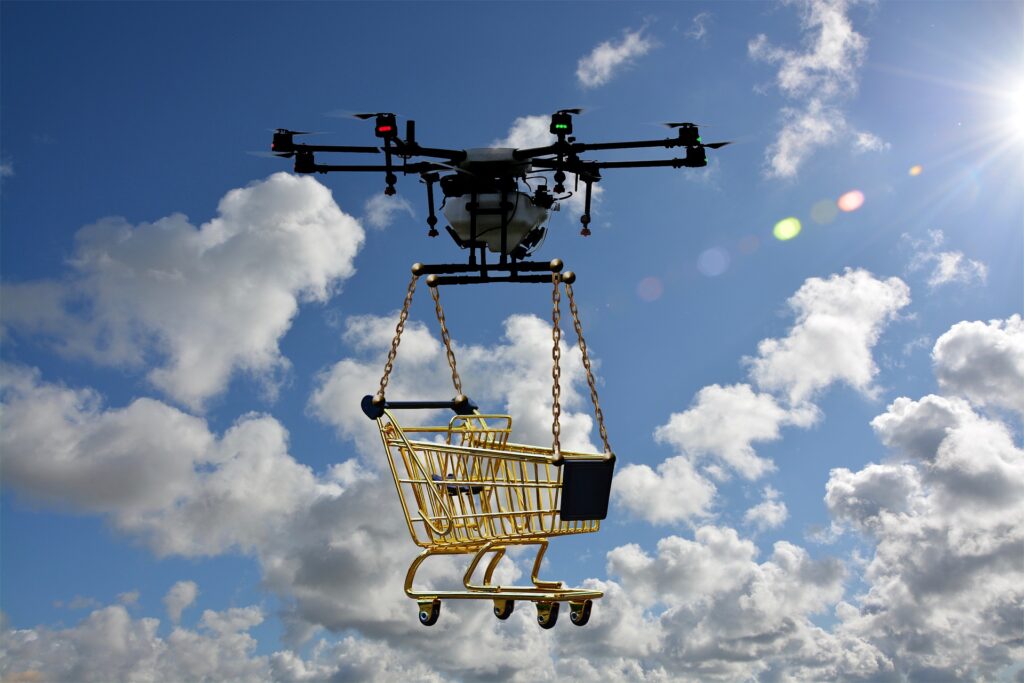Rapid technological advancements and increased demand for drone-generated data in commercial applications are key drivers behind the continued growth of the drone industry, which is expected to be valued at more than $55 billion by 2027, according to a recent UAV industry study by Global Market Insights.
The commercial drone market was valued at $20 billion in 2020, and is anticipated to grow at 15% CAGR between 2021 and 2027, the study notes. The continued expansion is driven in large part by the adoption of drone technology across commercial industry sectors, including agriculture, energy, telecommunications, construction, and mining. Drones are increasingly employed for inspections, monitoring, mapping, and remote sensing, among other applications, streamlining data capture and delivery and reducing expenditures. As improvements in drone hardware and advancements in artificial intelligence further expand the potential of UAV platforms, more and more industries are expected to use drones in their daily operations to improve efficiencies and reduce costs through data-driven decision-making.
Drone Startups Helping to Propel Industry Growth
Funding for drone industry startups also continues to rise, as investors look to capitalize on improved technologies and real-world applications. For example, Zipline recently raised $250 million in new funding to expand its logistics network, bringing the valuation of the drone-based delivery service to $2.75 billion. The Israeli startup Flytrex likewise raised $8 million earlier this year in anticipation of regulatory approval of drone-based deliveries in the U.S., and is working with Walmart on a pilot program.
Meanwhile, DJI continues to dominate the commercial drone market, and is staking out territory in different sectors through strategic partnerships. Last fall, the China-based UAV manufacturer signed a partnership agreement with Shell Oil Company to test DJI platforms at a manufacturing complex with the aim of improving efficiency and reducing risk to workers during industrial inspections.
Perhaps the most intriguing aspect of the drone industry growth, however, is the fact that technology continually creates a level playing field. As the Commercial Drone Market report notes, “A dynamic regulatory landscape and changing policies on drones have relaxed the barriers to entry, which now pose a threat to the dominance of larger players.”
 972-318-2811
972-318-2811


